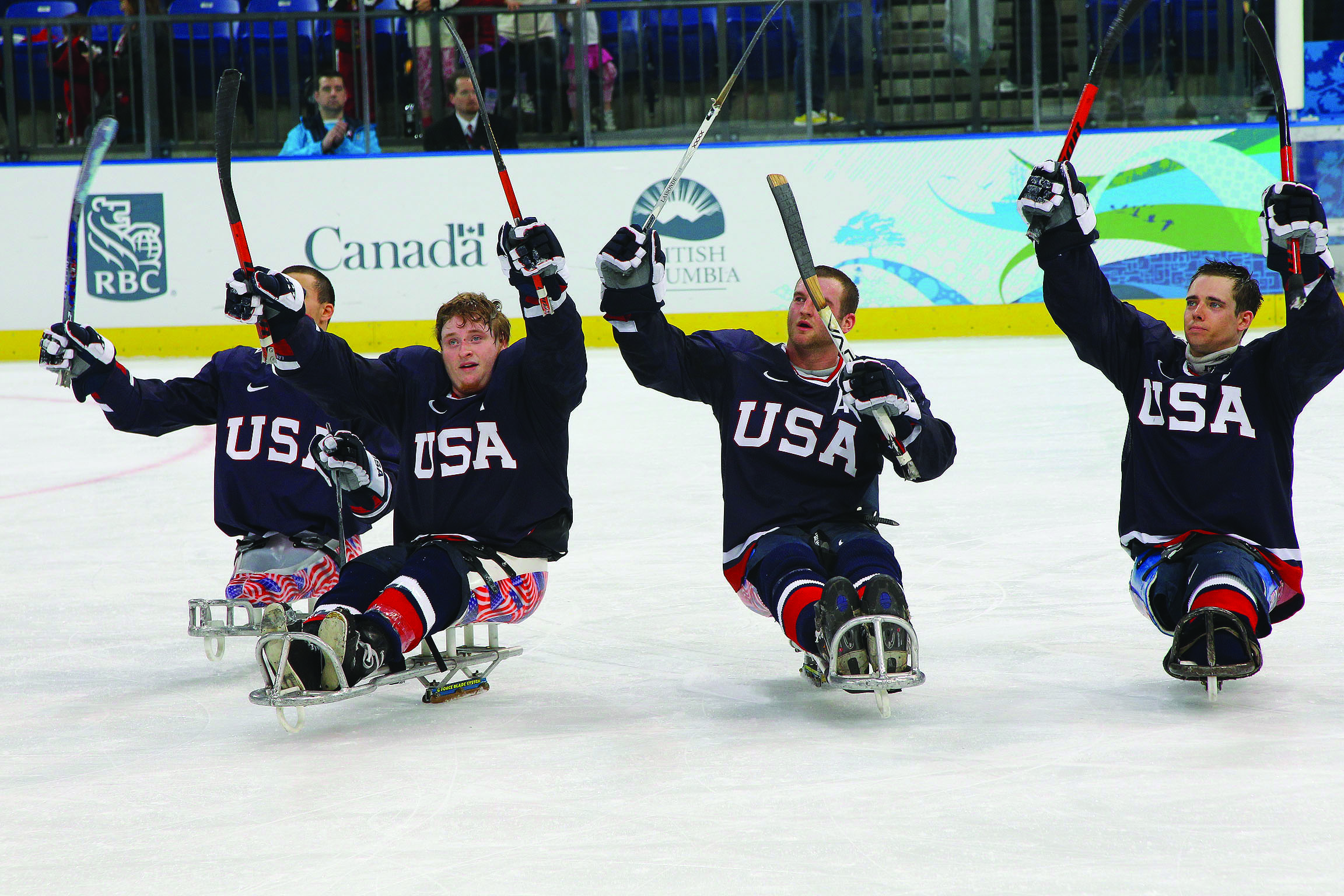Whether you are caring for the elderly or a loved one with a disAbility, most every caregiver should surround their life with resources and relief.
These resources will not only keep you feeling refreshed and renewed, but they’ll help you connect with others, who may have, or be currently experiencing similar lifestyles. In recognizing the different support options available, you’ll find yourself actively combating the chances of caregiver burnout and achieving the best quality care possible for your loved one.
Support is within reach. You just have to know where to look.
Caregiver Support Groups
You may be surprised to learn that a quick internet search can connect you with entire communities of caregivers. Sure, there are plenty of self-help articles and tips and tricks out there, but the value of an honest forum and communal support goes miles.
Find a caregiver forum in your state or region and consider the benefits of sounding off with other members. Bounce ideas and successes off of one another. Share your wisdom and experiences. Ask questions and seek answers.
Forums:
- provide perspective
- highlight industry products
- connect like-minded individuals
- create a canvas for ongoing conversation
- offer new tips and tricks
- and so much more
A forum is a great foundation to replenish your optimism and hope as a caregiver. You may even turn online connections into real life friendships and accountability. And what better way to grow as a caregiver than to do it in the company and strength of a community of caregivers?
Financial Aid
Many caregivers spend upwards of 20 hours per week giving care. It’s no wonder finances and employment opportunities can sometimes be difficult to balance. Don’t count yourself out, though.
Seek education on grants and financial aid. There are many benefits for caregivers such as mobility vehicle loans and income tax return incentives. A little homework can save you money in the long run. Getting ahead on your finances can provide tremendous relief.
Fitness
Explore activities you can experience with your loved one. From adaptive sports to a traditional walk around the block, exercise is a great way to proactively deal with stress and clear the mind.
To take it one step further, consider joining a league in your area. If you’ve become a member of an online forum, ask around about local gatherings and activities or take initiative to start one on your own. The positivity and energy can be contagious for all involved.
Family and Friends
Don’t go it alone. The strongest caregivers know when it’s time to ask for help.
It’s healthy to reach out to those you trust and your family and friends can be awesome support groups. Invite them to step up and come beside you as you provide care for your loved ones and don’t be afraid to walk them through a day in your life. The more they know about your situation and your needs the better they’ll be able to assist in the journey of you and your loved one.
Managing your own stress can make the ultimate difference in the life of the loved one you care for. In caring for you, you’re caring for them.

